Producing export goods at Bac Giang Garment Joint Stock Company. (Photo: DANG ANH)
In an interview with Nhan Dan Newspaper on the afternoon of April 3, Director of the Department of Foreign Market Development (Ministry of Industry and Trade) Ta Hoang Linh said: "The Ministry of Industry and Trade regrets that the US announced a 46% tax on Vietnam's export goods. Because Vietnam and the US are two complementary economies, the export and foreign trade structures of the two countries do not compete directly.
Vietnamese goods exported to the US mainly compete with third countries, not directly with US businesses, but on the contrary, create conditions for US consumers to use cheap Vietnamese goods.
Vietnam's current average MFN tariff on imported goods is 9.4%. Therefore, the US's proposed tariff of up to 46% on Vietnamese goods is unscientific and unfair, and does not reflect Vietnam's goodwill and efforts over the past time in dealing with the trade deficit between the two countries."
IMPACT ON MANY MANUFACTURING INDUSTRIES
The Ministry of Industry and Trade has set a target of 12% export growth in 2025, reaching about 450 billion USD. This target is set in the context of global economic recovery and Vietnam making good use of signed free trade agreements (FTAs). The imposition of tariffs will have a certain negative impact on the export growth target.
According to the announcement, the 46% tax rate that Vietnam is expected to have to bear is only lower than Cambodia (49%), Laos (48%) and Madagascar (47%), while it is significantly higher than Malaysia (24%), India (26%), China (34%), Thailand (36%), Bangladesh (37%), etc.
Dr. Bui Quy Thuan, Deputy Head of Research Department, Vietnam Industrial Park Finance Association (VIPFA), commented that a tax rate 10-20% higher than competitors will significantly reduce the competitiveness of Vietnamese goods in the US market, causing difficulties for a series of businesses, especially large foreign investors in Vietnam.
In 2024, Vietnam will have 15 products with an export value of more than 1 billion USD to the US, including: Computers and components with a turnover of more than 23 billion USD, accounting for 19.4% of total turnover; textiles reaching 16.2 billion USD, accounting for more than 13.5%; seafood reaching 1.8 billion USD, accounting for about 2%;... These are also product groups that will be strongly affected by the US imposition of tariffs.
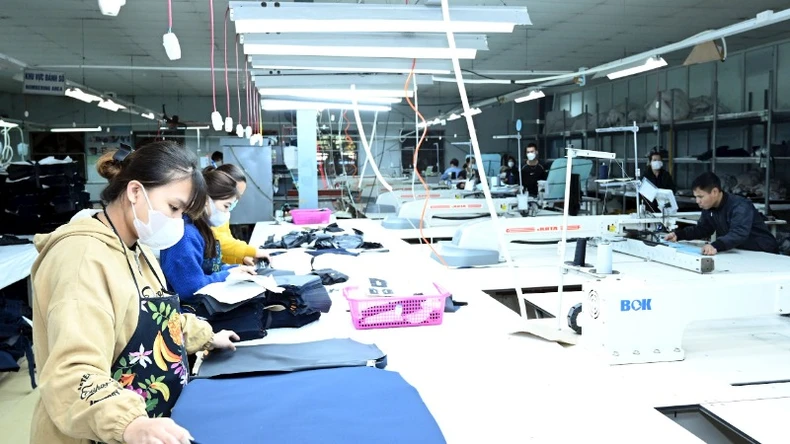
A tax rate 10-20% higher than that of competitors will significantly reduce the competitiveness of Vietnamese goods in the US market, causing difficulties for a series of businesses, especially large foreign investors in Vietnam.
Chairman of the Board of Directors of Hung Yen Garment Corporation Nguyen Xuan Duong said: "Currently, Vietnamese textile and garment enterprises exporting to the US are relatively large, so the impact is certain. Our textile and garment enterprises mainly do processing, the value is low, when the tax rate is too high, there will be no profit. For example, a shirt costs 20 USD, the processing price is only about 6 USD, if the tax rate is nearly 50%, the enterprise will likely suffer losses.
In the short term, businesses need to have a response orientation, proactively negotiate with customers to share tax costs. In the long term, businesses need to switch to FOB production to push the tax to the supplier of raw materials, while diversifying the market, especially towards new markets, potential markets such as China, Russia, the Middle East, Africa, ... to limit deep dependence on the US market.
Chairman of the Board of Directors of Thuan Phuoc Seafood and Trading Joint Stock Company (Da Nang) Tran Van Linh informed: "Vietnam is a "powerhouse" in the field of exporting deeply processed shrimp, bringing in high revenue, but most of it is compensated for losses in farming, so the profit margin is low. With the previous tax rate, many businesses exporting shrimp to the US mainly just to use up production capacity, maintain market share, protect economic relationships that have been carefully cultivated for many years and wait for favorable policy changes. However, with a corresponding tax rate of up to 46%, businesses will no longer make a profit.
To cope, the company will recalculate its product structure, continue to promote deeply processed products, and shift to expanding potential alternative markets such as the Middle East, Africa and Southeast Asia. Improving quality and diversifying products will still be the company's important strategies in the face of market "uncertainties".
Mr. Tran Van Linh expressed his hope that relevant departments and agencies will, together with seafood exporting enterprises, farmers and processors, mobilize collective intelligence and soon propose effective and practical policies and measures to respond to adverse changes in the market.
FLEXIBLE RESPONSE, TURN DANGER INTO OPPORTUNITY
Many experts believe that the tax rate that Donald Trump has just announced is basically a “stick” that forces countries to negotiate, accept and implement new trade terms that are favorable to the US. Therefore, before the tax officially takes effect, Vietnam needs to immediately make breakthrough decisions in negotiations with the US, even ensuring that goods from the US will enjoy the highest possible tariff incentives. If the upcoming US tax rate for Vietnam is adjusted down, it will be a great opportunity for domestically produced goods to continue to maintain and improve their competitiveness; Vietnam will also become more attractive in the eyes of foreign investors.
Recently, the Government and ministries and branches have focused on handling a series of difficulties and obstacles of US enterprises in Vietnam; issued a Decree to reduce MFN tariffs, in which 13 groups of advantageous US goods benefited. The Ministry of Industry and Trade has also just completed the Draft Decree on strategic trade control according to the content discussed with the US Trade Representative and relevant ministries and branches. This is a statement of Vietnam realized by specific legal documents at the Government level, clearly showing the determination and desire to cooperate with the US in a sustainable manner, towards a harmonious trade balance between the two countries.
Director Ta Hoang Linh said: "The tariffs will be maintained until the US determines that the threat of trade deficit and unfairness in trade is resolved, overcome or mitigated. Therefore, the Ministry of Industry and Trade believes that there is still room for discussion and negotiation to reach a mutually beneficial result.
On the morning of April 3, right after the US announced the imposition of tariffs, Minister Nguyen Hong Dien sent a diplomatic note requesting the US to postpone the decision to impose tariffs to take time to discuss and find a reasonable solution for both sides.
The Ministry is also arranging phone calls between Minister of Industry and Trade Nguyen Hong Dien and the US Secretary of Commerce as well as at the technical level with colleagues at the US Trade Representative (USTR) as soon as possible.
Agreeing that the US tariffs will negatively impact Vietnam's export and economic activities in the coming time, Dr. Bui Quy Thuan sees an opportunity for Vietnam to create positive changes in the long term in the context of the country implementing a revolution in institutional reforms, promoting restructuring, building an independent and self-reliant economy, improving domestic production capacity, and reducing foreign dependence.
In addition, having to pay high taxes from the US is also a pressure forcing Vietnam to accelerate its strategy of diversifying export markets, making more effective use of signed Free Trade Agreements (FTAs), and expanding to many new potential markets such as the Middle East, North America, Africa, etc. On the other hand, businesses can also return to better exploit the domestic market with a population of more than 100 million when exports face difficulties.
"I think the negative impact will be obvious in the short term, especially for key export industries such as electronics, textiles - footwear, wooden products and furniture, etc. The economic growth target of 8% or more in 2025 will also be more challenging, but we need to turn pressure into motivation for the economy to transform towards a more sustainable direction in the future," said Dr. Thuan.
Source: https://baotuyenquang.com.vn/bien-thach-thuc-tu-viec-ap-thue-thanh-co-hoi-209510.html




![[Photo] "Beauties" participate in the parade rehearsal at Bien Hoa airport](https://vstatic.vietnam.vn/vietnam/resource/IMAGE/2025/4/11/155502af3384431e918de0e2e585d13a)


![[Photo] Looking back at the impressive moments of the Vietnamese rescue team in Myanmar](https://vstatic.vietnam.vn/vietnam/resource/IMAGE/2025/4/11/5623ca902a934e19b604c718265249d0)

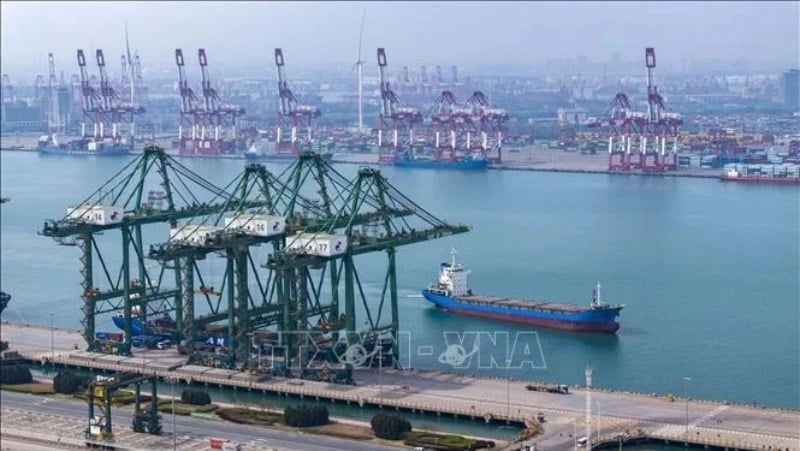
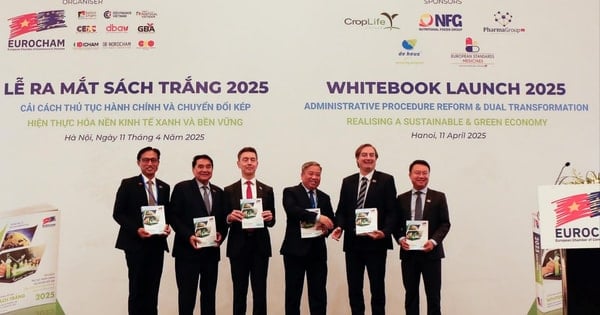

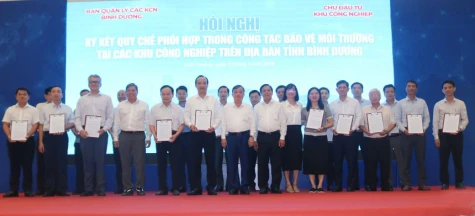
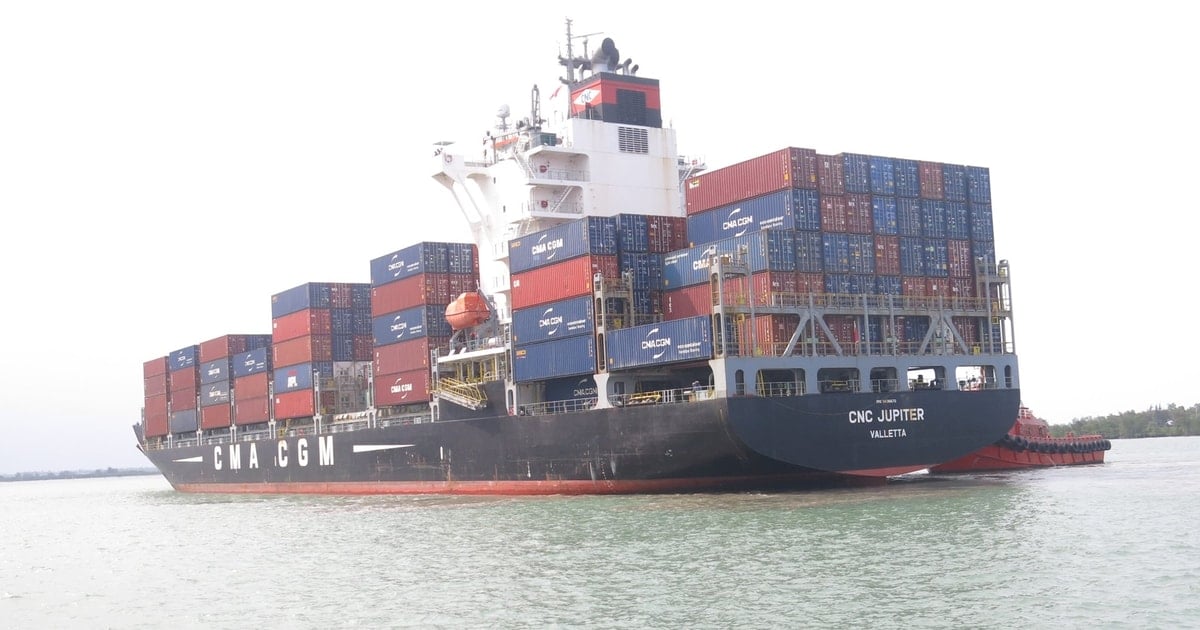



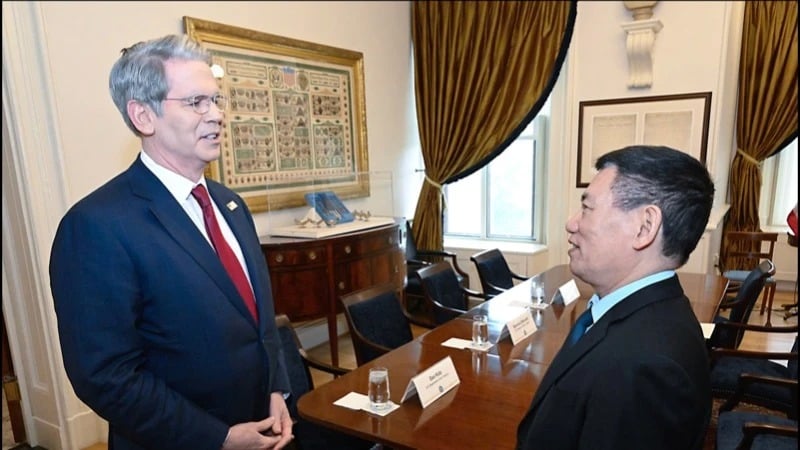





![[Photo] Summary of parade practice in preparation for the April 30th celebration](https://vstatic.vietnam.vn/vietnam/resource/IMAGE/2025/4/11/78cfee0f2cc045b387ff1a4362b5950f)










































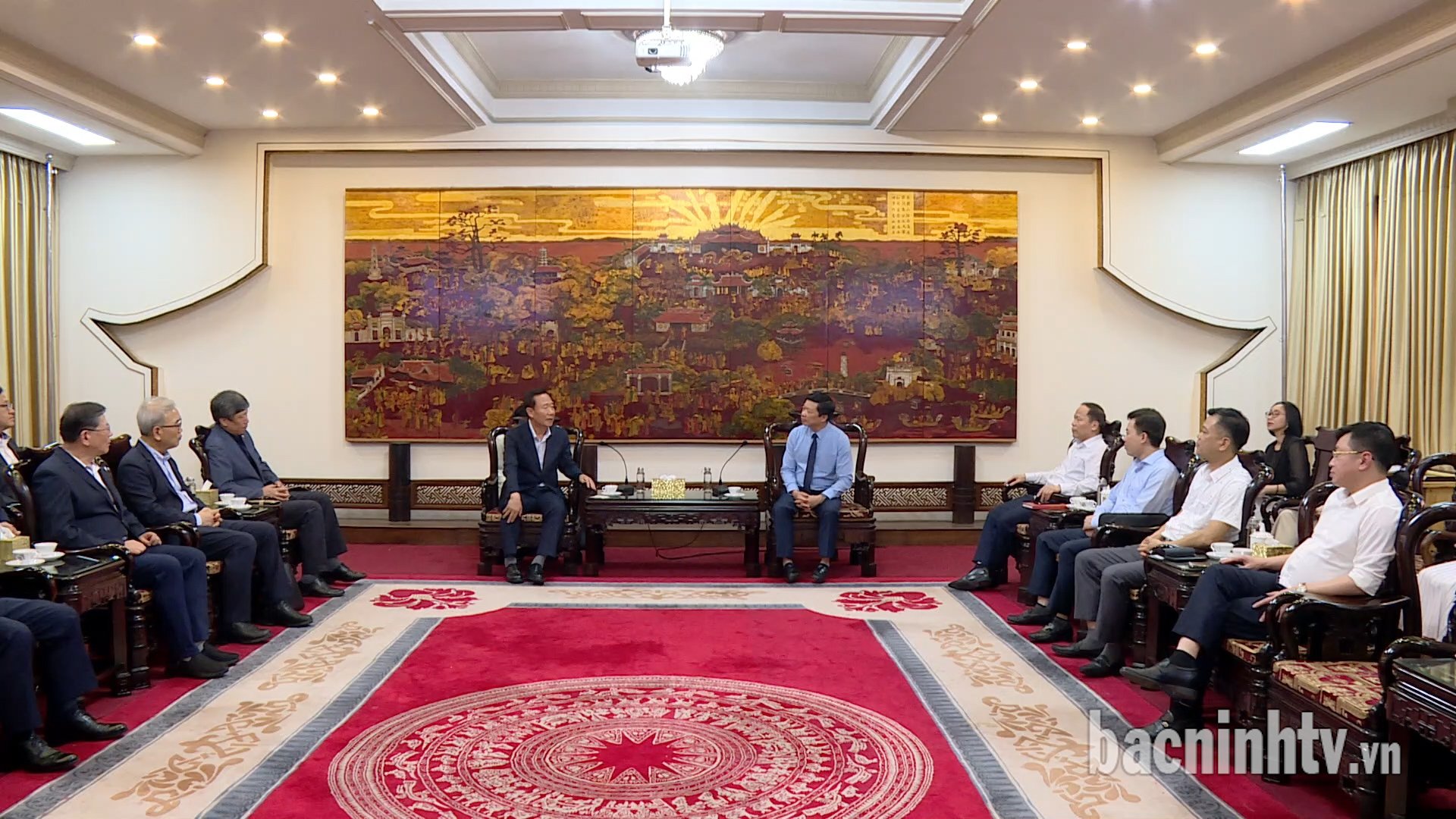



















Comment (0)